Best laptops for medical students of 2024
We test, review, and rate the best laptops for medical students who need tech they can trust

The best laptops for medical students are robust, reliable, and perform under pressure. If you're going into the healthcare sector, these are the ones we recommend.
Our reviews team have tested the best student laptops - so we understand performance needs, and how important it is to make the right investment when moving into medicine and healthcare. And our top-rated laptop for medical students is the Apple MacBook Air - an ultra-lightweight device that's well-designed, well-constructed, and very powerful.
We've rounded up our top-reviewed laptops, running benchmarking tests, comparing specs, size, and screen. We've also explored key features for students of all branches of medicine, including long battery life, a comfortable typing experience for reports, and stylus support for handwriting.
The quick list
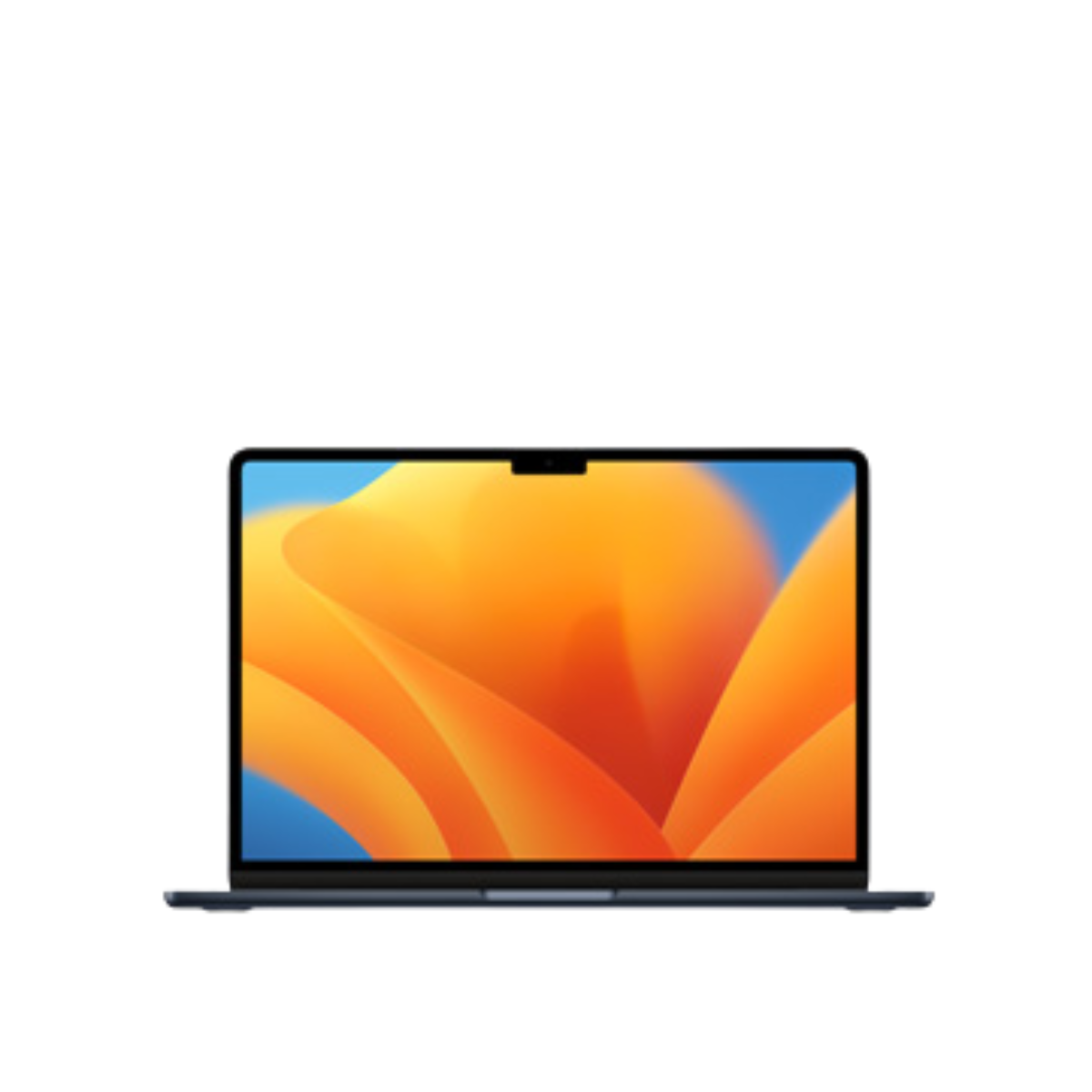
No matter which screen size you buy, the latest MacBook Air is robust, long-lasting, portable and powerful – a great combination of features for medical students. Factor in the top-notch keyboard and the reasonable pricing and you’re onto a winner.
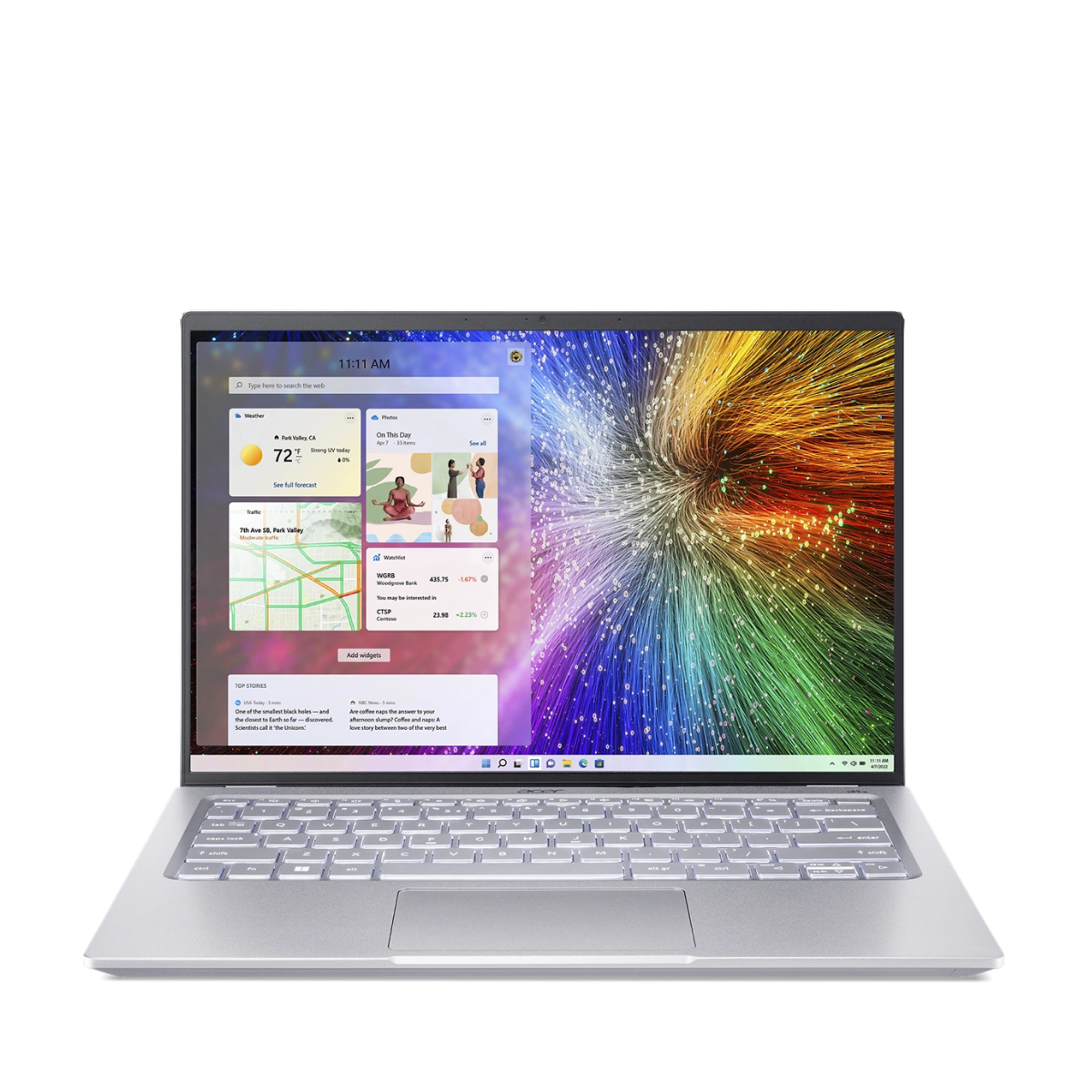
Getting an OLED display at this price is a huge win, and the Acer’s stunning display is paired with plenty of processing ability, all-day battery life and impressive connectivity. Its keyboard is mediocre and it has no graphics card, but this is still a fantastic budget choice.

The 16-inch Pro excels in every area: performance, screen quality, battery life, connectivity and keyboard quality. It’s overkill for many people and it’s costly, but it’s the top of the tree when it comes to quality and capability for medical students.
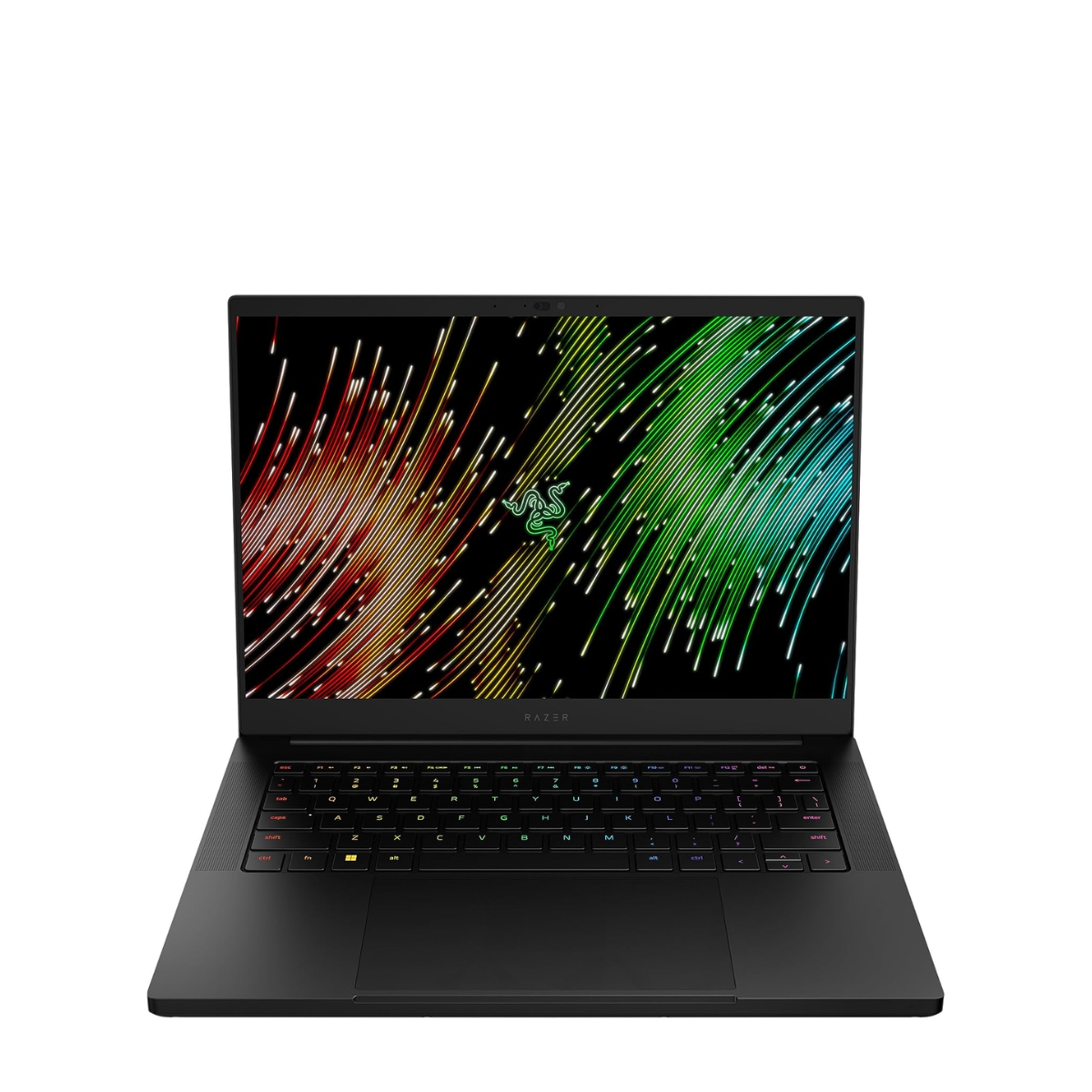
The Blade is compact, good-looking and powerful, and it’s got the connectivity and quality to handle medical student days and gamer nights. Battery life and price could be better, but this laptop is worth the investment if you want the best of both worlds.
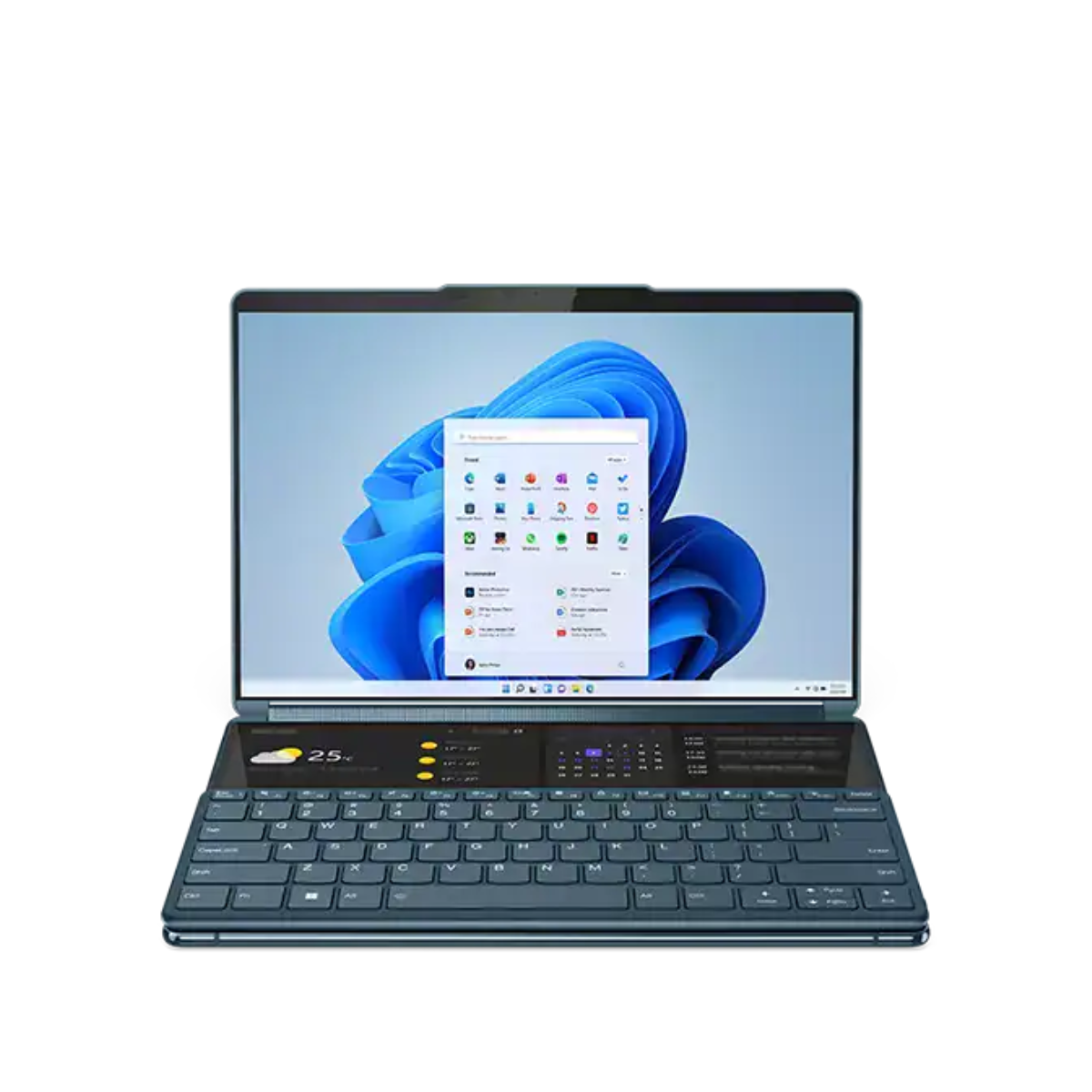
A high-quality touchscreen, flexible design and impressive build quality combine to deliver the kind of laptop that any medical student can use for everyday workloads, collaboration and note-taking – it’s a 2-in-1 triumph.
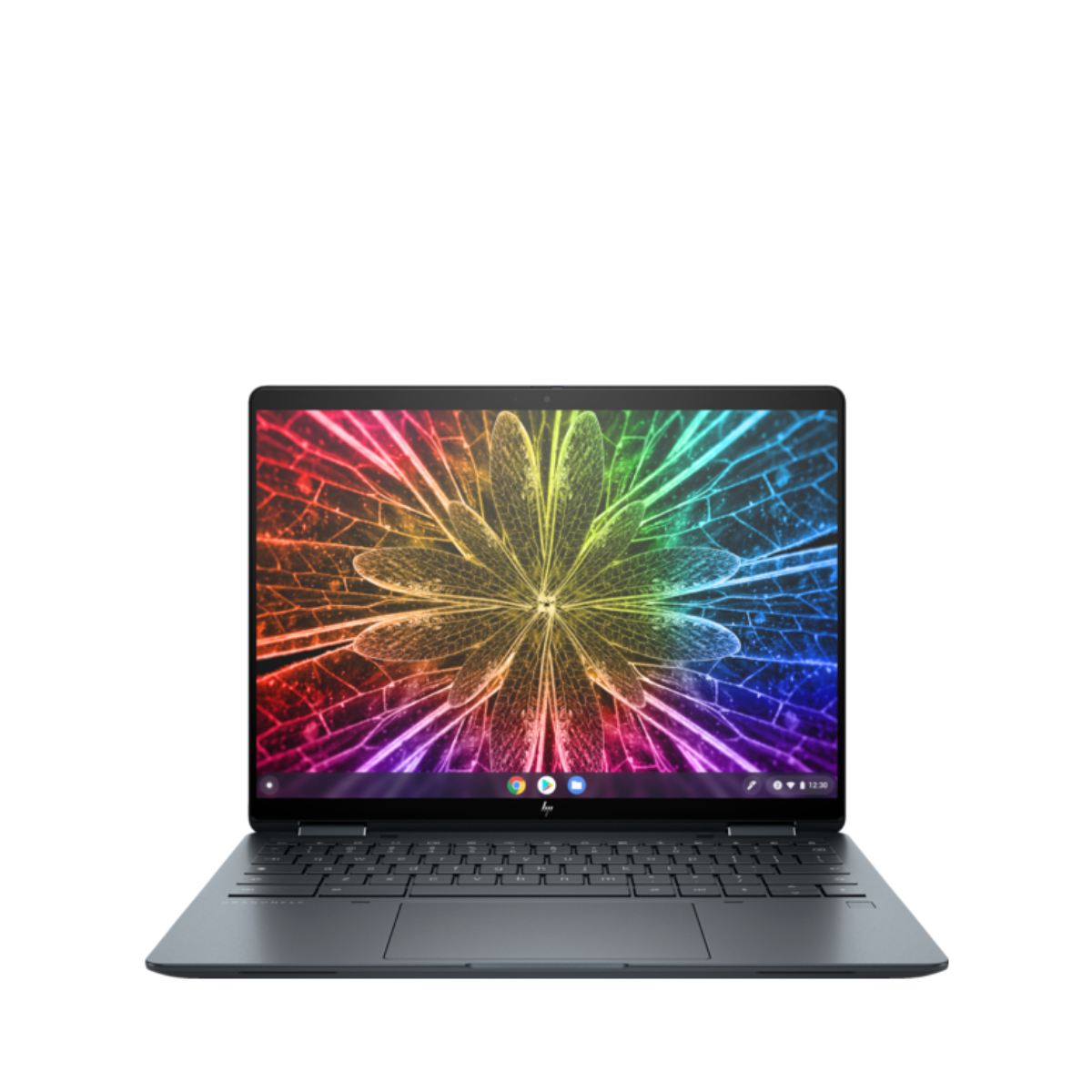
Chromebooks always come with a caveat thanks to the software options of ChromeOS, but if you can use Google’s system for your medical work then you’ll find a fast, secure and well-built laptop with a tremendous keyboard. It’s not cheap, but it’s the best Chromebook around today.
Load the next products...
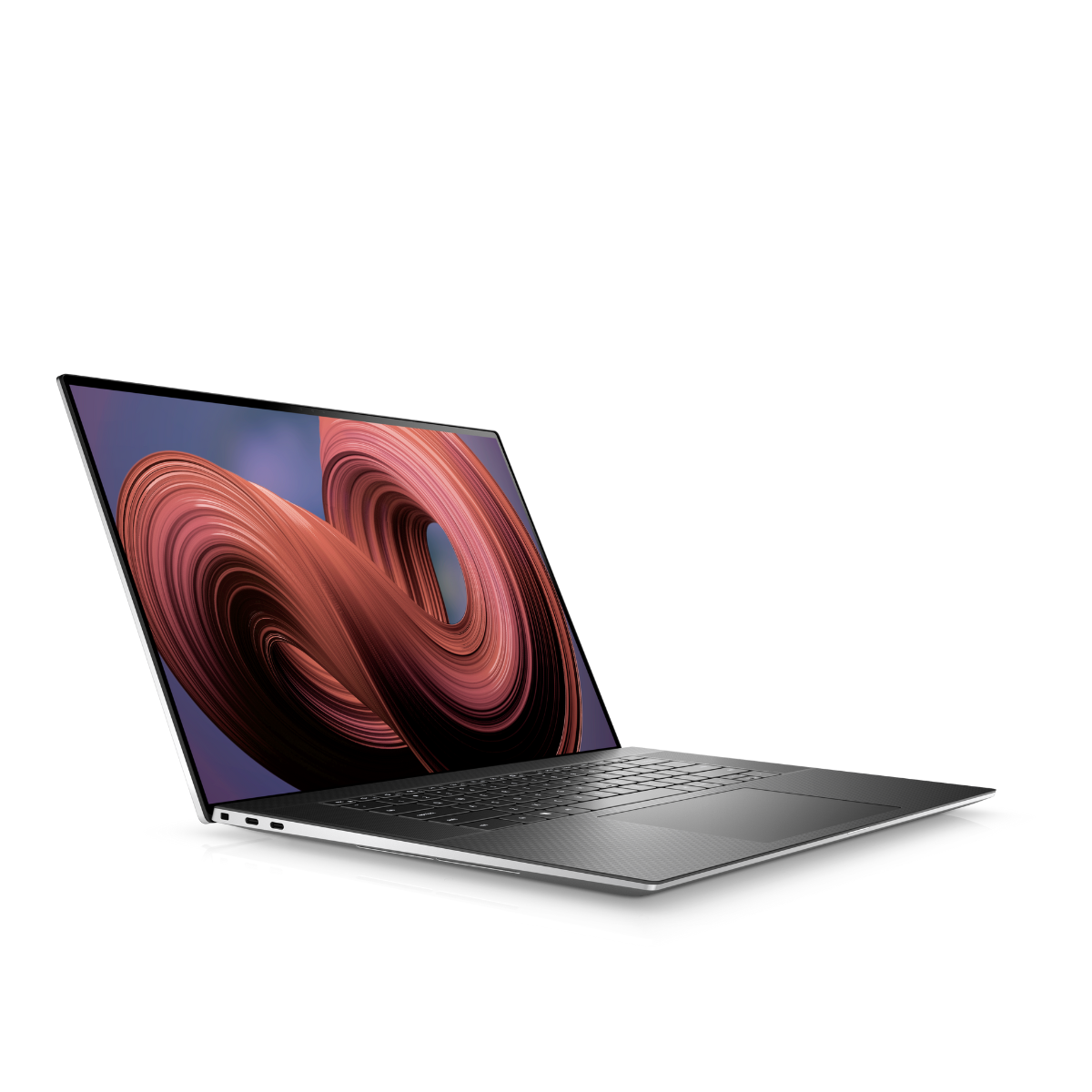
The immersion and quality provided by the Dell’s big screen can’t be beaten, and the high-end Intel processors and Nvidia GPUs make light work of any medical tasks. Impressive connectivity and ergonomics complete the picture. But as ever, consider this rig’s size and price before you buy.
The best laptop for medical students of 2025 in full:
Why you can trust TechRadar
Best laptop for medical students overall

Specifications
Reasons to buy
Reasons to avoid
It’s not unusual to see an Apple laptop at the top of one of these charts, but we prefer the MacBook Air as the best option for medical students – not the MacBook Pro.
There are several reasons why. At 2.7 pounds of 3.3 pounds depending on which model you buy, it won’t weigh you down on your journey around lecture halls and medical facilities. The latest Air comes in 13.6-inch and 15.3-inch guises, so you have options – the smaller version if you need something compact and the larger laptop for more on-screen clarity.
No matter which one you buy you get the Apple M2 processor, which is a superb choice for multi-tasking, dealing with medical apps and records and working in browsers. It’s not as powerful as the M2 Pro or Max chips inside the MacBook Pro, but it’s ample for medical work.
The Liquid Retina panel is bright and bold, so it remains clear and visible in all situations, and the Air easily has the battery life for a busy, full day of work. Build quality is exceptional thanks to the aluminum chassis, and both the keyboard and trackpad are impressive, comfortable and reliable.
The Air doesn’t have as many ports as its larger, heavier stablemate, but it’s exceptionally fast, it’s very well-made and it’s very slim and light – and it’s far cheaper than the pro, too. It’s our top pick for medical students.
Read our full Apple MacBook Air review .
Best budget laptop for medical students

Specifications
Reasons to buy
Reasons to avoid
Clear screens are crucial for medical students who need to see things with clarity and precision, and no budget laptop is better than the Acer Swift 3 OLED.
The anti-glare OLED screen is bright, bold and accurate, so it’s an excellent choice for any medical student, and the 2880 x 1800 resolution ensures loads of on-screen space for multiple windows. And when the Swift is often available at three-figure prices, that’s a tremendous start.
On the inside, either of Intel’s Core i5 or Core i7 processors have plenty of power for medical students – the former is ideal for most workloads, multi-tasking and loads of browser tabs, while the latter is more adept with simulations and tougher workloads. It’s also helpful that this laptop has 16GB of onboard memory.
Fourteen hours of battery life means the affordable Acer should handle busy medical days, and the Swift’s three-pound weight is reasonable. Wi-Fi 6E, Thunderbolt 4, USB 4 and HDMI 2.1 mean excellent connectivity, the Acer has a webcam and a fingerprint reader, and its eco-friendly ocean glass trackpad improves the Swift’s environmental credentials.
There are inevitable compromises at this price: the Acer looks middling, pricier laptops are a bit sturdier and its keyboard is too soft. It also has no discrete GPU. But none of those issues are dealbreakers, and we wholeheartedly recommend the Acer if you’re a medical student on a budget.
Read our full Acer Swift 3 OLED review .
Best MacBook for medical students
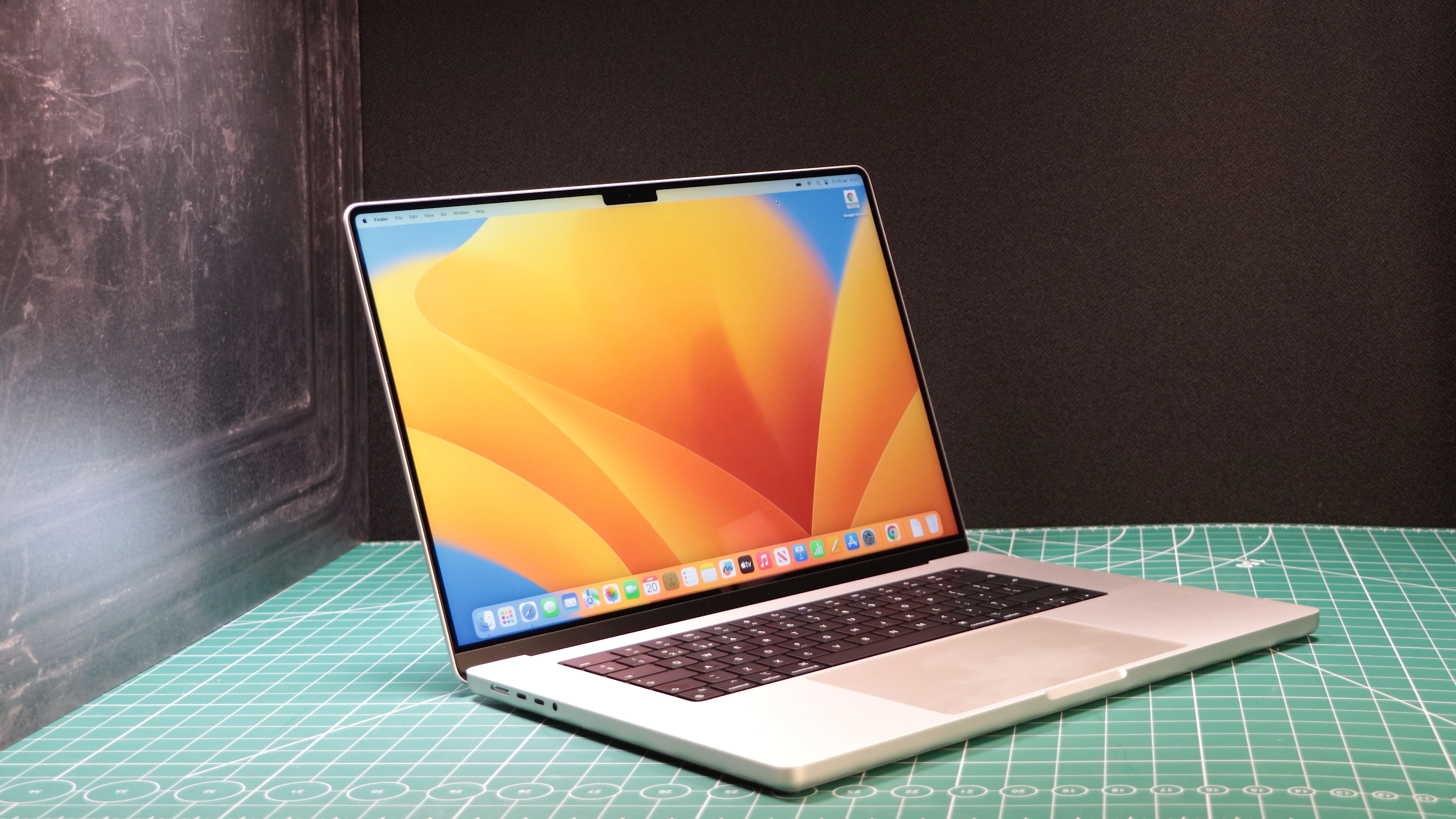
Specifications
Reasons to buy
Reasons to avoid
The MacBook Pro is a fantastic laptop in every department. And while it will be too expensive and offer too much computing power for most medical students, it’s the Apple notebook we recommend if you need all of the power available for simulations, analysis and other trickier workloads.
There’s virtually nothing that the Apple M2 Pro and Max chips won’t handle, and the Pro can also be configured with plenty of RAM and storage. The power is partnered with a big, bold Liquid Retina XDR display that combines high resolution with stunning quality levels, so your medical diagrams and apps will always appear with clarity.
Great audio-visual kit make communication easier, the Pro has rock-solid connectivity and plenty of ports, and Apple’s security features are impressive. The battery is also one of the best in any laptop – a twenty-hour lifespan will cope with the most demanding of medical days.
The Pro weighs just under five pounds, so it’s not particularly light, and those upgraded M2 chips will be overkill for most medical students. Don’t forget the price, either – this 16-inch version starts at $2499, so it’s vastly expensive. But if you want the best Apple offers, you should buy this.
Read our full Apple MacBook Pro 16 (2023) review .
Best for gamers
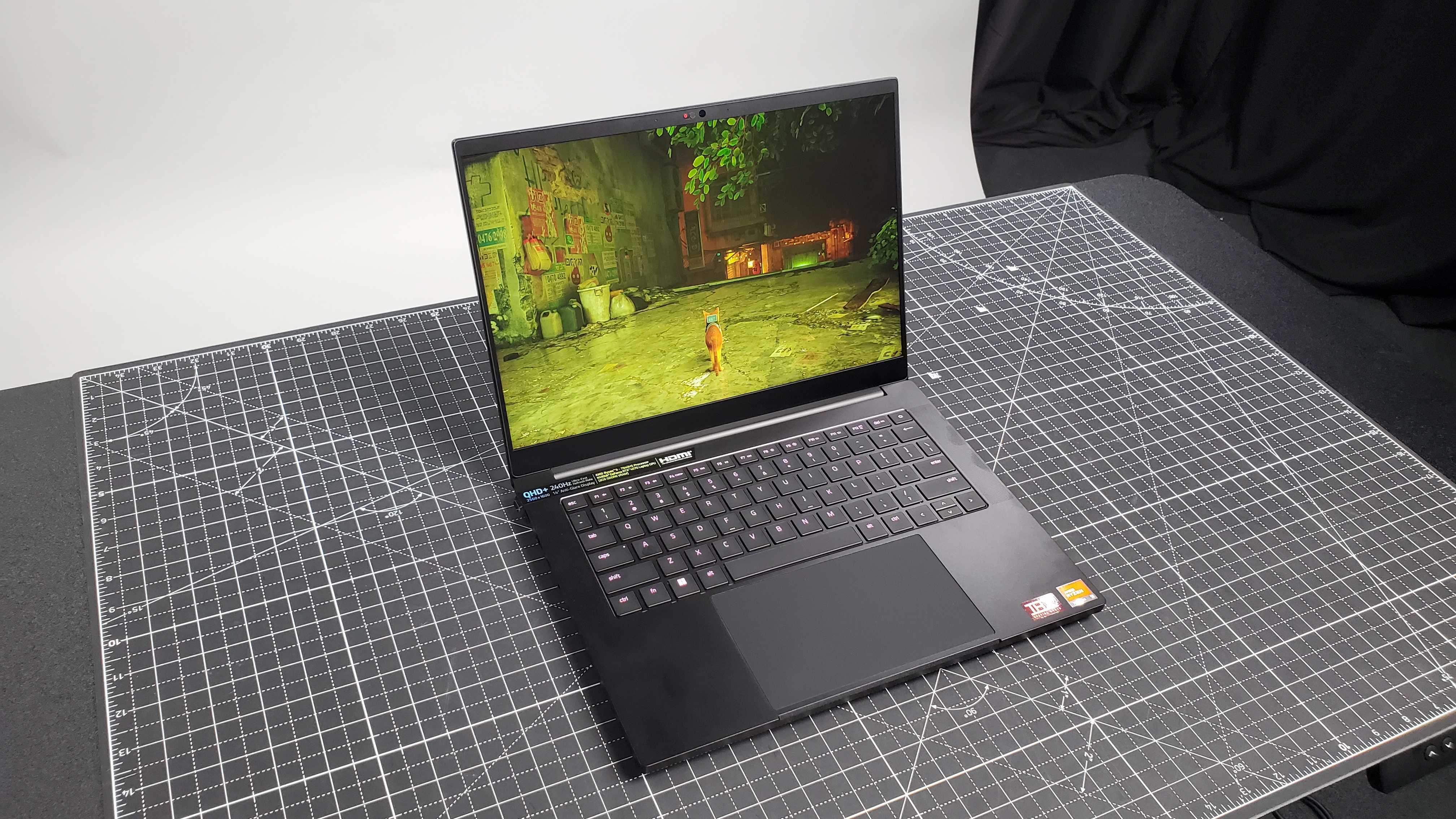
Specifications
Reasons to buy
Reasons to avoid
If you’re a medical student who wants a laptop to handle gaming, too, then you’ve got to make a sensible decision about what laptop you buy. And there’s no better laptop for gamers and medical students than the Razer Blade 14.
At just under four pounds and with a compact design it’s easy to carry to lectures and placements, and its sleek black design looks mature and modest – most people won’t know it’s a gaming device. It’s extremely sturdy, too, which is vital for any medical student with a busy life.
On the inside, Nvidia GPUs will handle any top-tier game at high levels of graphical quality and the AMD processor is powerful enough for any medical task. The bright, high-resolution screen has the quality for medical work and the 240Hz refresh rate for esports, and the keyboard is quiet and comfortable – ideal for long days of typing.
Pairs of full-size USB and USB-C ports, an HDMI output and Wi-Fi 6E aid connectivity, and the Blade has a 1080p webcam with facial recognition.
There are downsides. The Razer’s battery will barely last a working day unless you’re really careful – expect six or seven hours. The Blade also has no card reader. Prices start at $1799, so it’s not cheap. But quality costs, and the Blade has the quality, performance and versatility to sate medical students who want to game, too.
Read our full Razer Blade 14 review .
Best 2-in-1 laptop for medical students
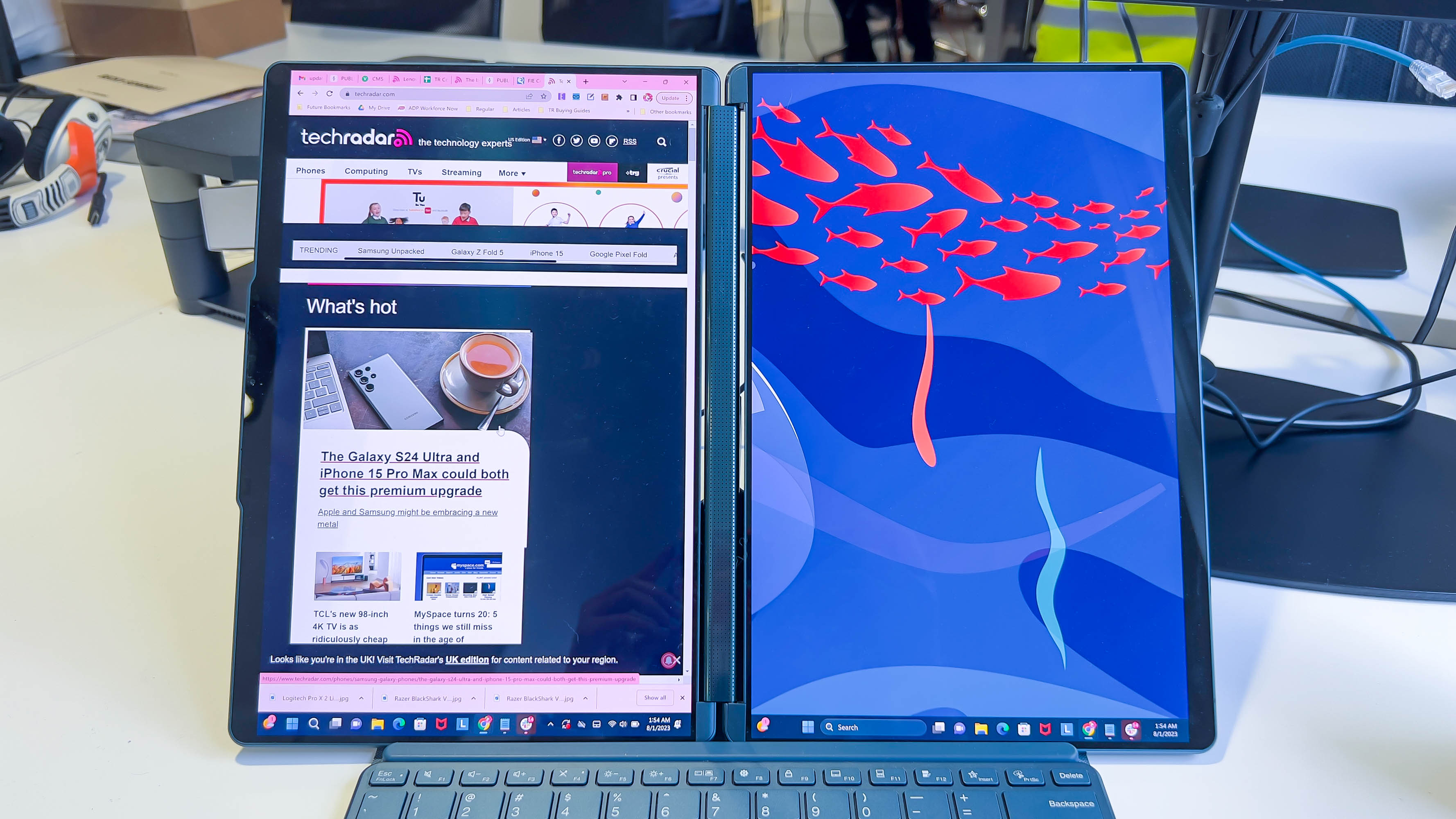
Specifications
Reasons to buy
Reasons to avoid
Medical students need laptops with versatility more than most, and the Lenovo Yoga Book 9i is one of the best notebooks around in that regard. It’s a 2-in-1, so it can work in laptop, tablet and tent modes, which is ideal for working, presentations and touch input.
The touchscreen works well with the included stylus, so it’s a reliable and effective partner for note-taking and annotating. And it’s a high-resolution OLED, too, so it’s got ample quality for any medical situation.
The screen is the star here, but there’s plenty more to like. The low-power Intel processor can tackle everyday medical workloads, including multi-tasking and running loads or browser tabs – it’ll only struggle with complex simulations and data analysis. All-day battery life, a surprising amount of connectivity and decent privacy and security features complete the picture.
The Lenovo only weighs three pounds and it looks fantastic, and its build quality is equally impressive. This isn’t a laptop that’ll struggle with being carried around during busy days. And it’s Lenovo, so you can count on a superb keyboard.
The Yoga is fast, versatile and long-lasting, so there’s not much more we can ask for when it comes to a 2-in-1 for medical students.
Read our full Lenovo Yoga Book 9i review .
Best Chromebook for medical students
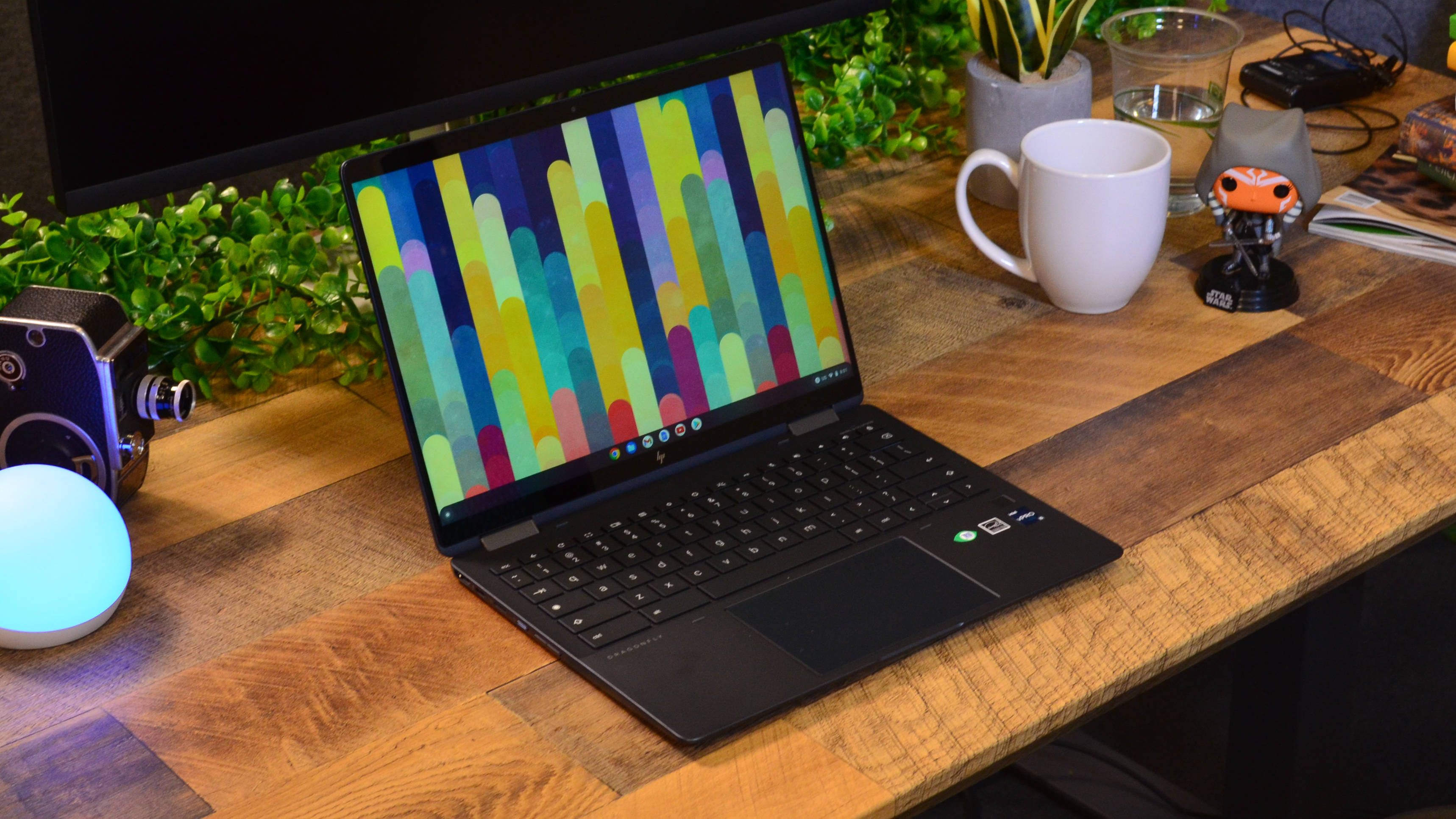
Specifications
Reasons to buy
Reasons to avoid
Before taking the plunge with any Chromebook, ensure the software you need will run on ChromeOS. If you’re good to go, add the HP Elite Dragonfly to your shopping basket – because it’s the best Chromebook on the market and the best option for medical students.
It’s available with Core i5 and Core i7 processors that place right at the top of the pile when it comes to Chromebook performance – the former is well-suited to everyday medical multi-tasking and the latter can tackle tougher simulation and data analysis workloads.
All-day battery life sits alongside a touchscreen with accurate colors and stylus support. Unusually for a Chromebook, the specification can also be customized with extra storage and mobile broadband.
The Dragonfly has impressive security, like a Google Titan C chip and zero-touch enrolment. You have to pay more for Intel vPro, but we’d recommend that because you don’t want to take any chances when you will likely work with sensitive medical data.
The Dragonfly is fast, well-specific and well-built. It’s not cheap, especially for a Chromebook, but this is the best example for medical students who want to work in ChromeOS.
Read our full HP Elite Dragonfly Chromebook review .
Best 17-inch laptop for medical students
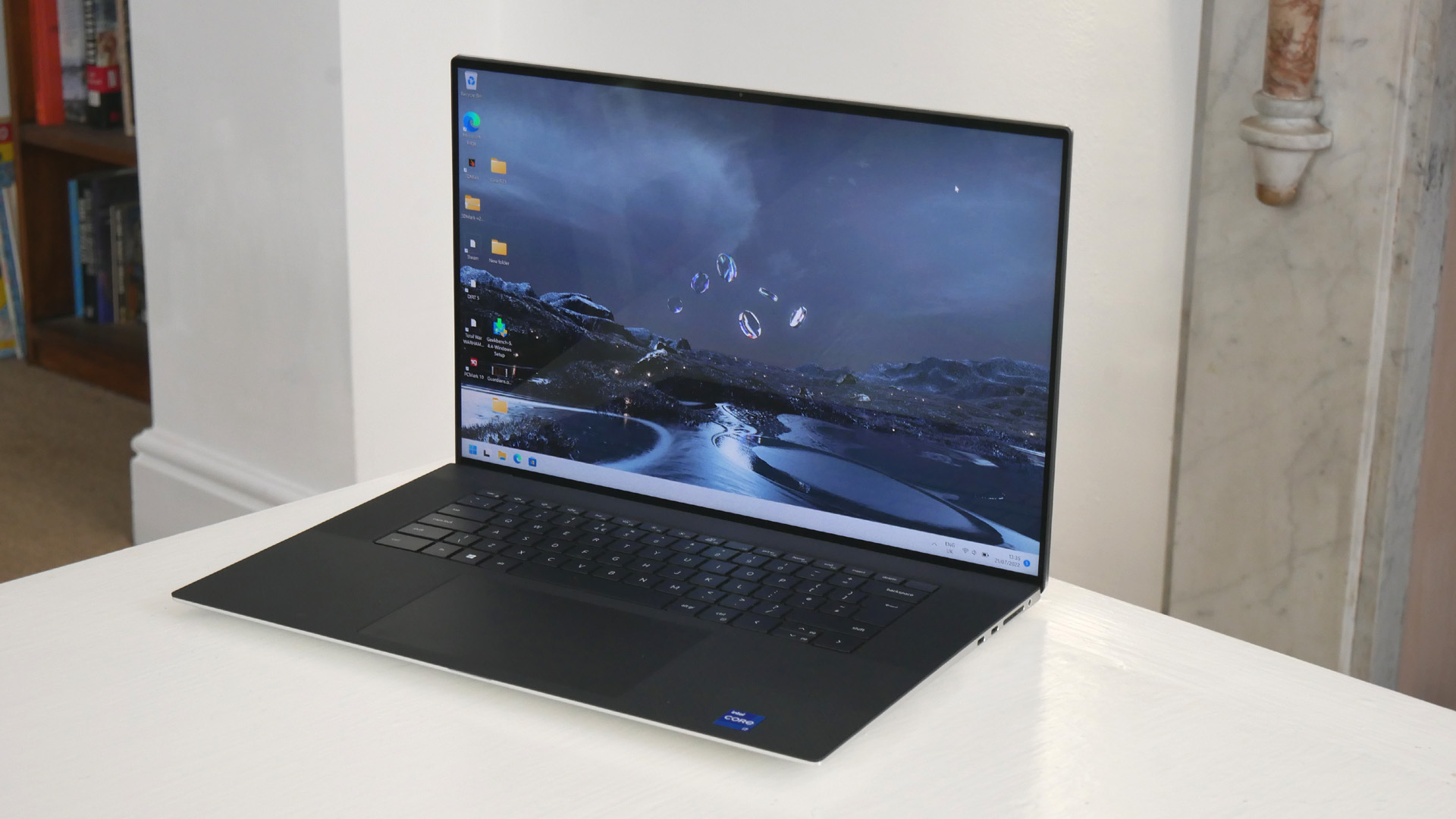
Specifications
Reasons to buy
Reasons to avoid
A big screen can make it easier for medical students to study charts and diagrams and work across multiple apps and windows, and there’s nothing better than the Dell XPS 17 in this department.
Two options are available – one at a conventional resolution and another pricier display that bursts through 4K and has touch capability – and both offer fantastic quality, accuracy, and brightness.
Internally, Intel Core i7 and Core i9 processors have the processing power for any medical task, and we recommend the latter if you really want to whizz through tough simulations and data analysis workloads. Nvidia GPUs are available in the Dell, too, and while they’re of limited use for medical workloads they do facilitate creative work and gaming when you’re not working or studying.
As ever, the metal and carbon fiber XPS looks superb and it’s got the build quality for busy days. The keyboard is crisp and satisfying, albeit without a numberpad, and it has plenty of ports including an SD card slot and four Thunderbolt 4 connectors. Impressively, the battery lasts for a full working day.
At 5.37 pounds the XPS is not light, and prices start at $2449, so it’s not cheap either. But it’s undeniably the best big-screen experience for medical students and most other students and users, too.
Find the best deals on Dell products with our Dell promo codes.
Read our full Dell XPS 17 review .
Best laptop for medical students: FAQs
Are Apple laptops good for medical students?
The best Apple MacBooks (and certainly the best MacBook Pros) are great options for students of all stripes, including medical students. Apple’s M2 processors deliver huge power, the keyboard and build quality are brilliant, and the battery lasts so long that you might get through two working days without a charge.
As ever, though, Mac OS won’t support every app you might need, so check before you buy – and make sure your software will run on an Apple device.
What’s more important for medical students – a big screen or a portable design?
We’d say the latter. While the best 17-inch laptops are helpful for immersion and it can make reading charts and forms a little easier, medical students will likely be dealing with busy days and hectic environments, especially if they’re working in medical facilities and learning on the job. And in that situation, we’d always prefer a lightweight laptop that’s easy to carry around.
It’ll put less strain on your body, it won’t get in the way when things go sideways in any medical situation, and smaller laptops tend to have better battery life. Also, remember that the smaller laptops we’ve recommended here will still be more than capable of doing the job – even if you lose the luxury of a little screen size.
Should medical students consider a touchscreen?
Definitely. It’s not vital to have a touchscreen if you’re a medical student, but it’s enormously helpful. You’ll be able to use a stylus to take notes and annotate diagrams and it’s often easier to navigate through learning and training apps using touchscreens.
A touchscreen also makes it simpler to zoom in on complex charts and diagrams and speeds up the process when navigating patient records and treatment plans. If a touchscreen is an option, go for it.
How to choose the best medical student laptop for you
Medical students work in highly charged and stressful situations, so getting technology you can trust is essential.
First, find out what software you'll need and pick between MacBook or Windows. On some courses, it may not matter which operating system you choose.
When picking a laptop, that means concentrating on a few key areas. A processor with at least four cores and plenty of single-threaded speed is essential, as this is what you need to handle most of the apps you’ll be running as a medical student, as well as any EHR software or EMR software you may use.
Ensure that you have at least 16GB of memory and an NVMe SSD. This keeps the laptop responsive so it won’t let you down when you need to navigate multiple windows quickly.
In most other areas, the best med student laptops should be a bit of an all-rounder. Internally, check it’s got Wi-Fi 6E for solid wireless connectivity in all situations. Try to pick a laptop with Intel vPro or an AMD or Google equivalent for patient and data security. Secure the device with TPM, encryption, and a webcam privacy shutter if possible.
You’ll need a webcam and microphone for patient and colleague calls - especially important with the rise in online healthcare and the best telemedicine software. ensure that your next laptop has enough ports for USB and HDMI connections. If not, you may need to add on any of the best laptop docking stations for connecting peripherals.
On the outside, opt for lightweight designs with a robust chassis to withstand the busy campus life. If you're looking for the best rugged laptops, anything with MIL-STD-810G or 810H testing will fit the bill.
It’s essential to get a comfortable keyboard for fast, accurate, all-day typing. But ideally, select a touchscreen laptop if you can, because it makes note-taking and navigation much easier.
How we test the best laptops for medical students
We’ve reviewed hundreds of the best laptops - so we knew exactly what to look for when testing out the best laptops for medical students.
Our team of reviewers conduct rigorously testing, from analyzing the performance of the best laptops for engineering students to benchmarking speeds of the best laptops for architecture students. We want to know how well each device performs - and how well it meets specific use-cases.
In testing the best medical student laptops, we look for reliability, performance, and portability. We’re not expecting mobile workstation-levels of power, but any student laptop needs to be dependable, running a variety of apps and tabs without experiencing slowdowns and crashes. To assess this, we run a series of benchmarking tests, both simulated and real-world, to see how the machine performs under pressure.
We’re also looking for portability relative to size and components. Laptops for medical students should be lightweight, with a slim design that can slip inside any bag, carried around campus, libraries, medical establishments without too much weight. They should also be durable enough to survive the day-to-day commute - and we’ve performed more than a few drop-tests in our search for the best rugged laptops. As part of our portability tests, we also conduct a battery life test, to see how long you can use the device on the go under real-world conditions.
Alongside these tests, we assess connectivity and port selection, storage capacities and upgradeability, and significant student features, such as how comfortable the keyboard and palm-rests are when writing reports for extended periods of time (and, in our experience, you’ll find those keyboards on all the best Lenovo ThinkPad laptops).And, of course, we assess overall value for money across the wide range of laptops for medical students out there.
You can explore more about our tests in the guide How we test laptops and desktops: our reviewing process explained.
Get in touch
- Want to find out about commercial or marketing opportunities? Click here
- Out of date info, errors, complaints or broken links? Give us a nudge
- Got a suggestion for a product or service provider? Message us directly
- You've reached the end of the page. Jump back up to the top ^
Are you a pro? Subscribe to our newsletter
Sign up to the TechRadar Pro newsletter to get all the top news, opinion, features and guidance your business needs to succeed!
Mike has worked as a technology journalist for more than a decade and has written for most of the UK’s big technology titles alongside numerous global outlets. He loves PCs, laptops and any new hardware, and covers everything from the latest business trends to high-end gaming gear.